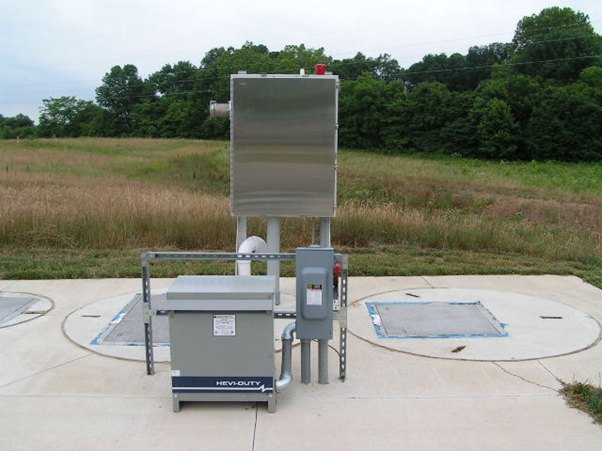Houston, Texas, is no stranger to heavy rains and widespread flooding. With a growing population and expanding urban development, effective stormwater management has become essential to protect homes, businesses, roadways, and public infrastructure. One critical but often overlooked component in Houston’s stormwater strategy is the lift station.
These facilities play a central role in flood mitigation, water quality protection, and the overall performance of both stormwater and wastewater systems.
What Are Lift Stations?
Lift stations are engineered facilities that pump stormwater or wastewater from lower elevations to higher ones when gravity alone cannot do the job. In flat terrain like Houston’s, where natural elevation changes are minimal, lift stations are essential. They help transport water to treatment facilities or designated discharge points, ensuring efficient flow throughout the system.
How Lift Stations Support Stormwater Infrastructure in Houston
In a city prone to intense rainfall, lift stations provide multiple benefits within the stormwater network:
Flood Control

One of the most important updates is the increase in detention volume. Houston now requires most sites to detain 0.75 acre-feet of stormwater per acre of disturbed area. This is nearly four times the previous standard of 0.20 acre-feet. For sites under 20 acres, the City has simplified the requirements to a flat detention rate roughly 0.80 acre-feet per acre of new impervious cover. For larger projects, engineers must follow Harris County Flood Control criteria, which start at 0.65 acre-feet per acre and increase depending on the drainage study.
These new numbers change the way engineers must think about site layout, grading, and space allocation. What used to be a manageable part of a drainage plan is now a central design driver, especially on small and mid-sized infill sites.
Wastewater Pumping
In older areas with combined sewer systems, stormwater and wastewater may mix. Lift stations ensure both types of water are moved efficiently to treatment plants, protecting Houston’s water quality and public health.
Detention and Retention Management
Lift stations are often connected to detention and retention ponds. These systems help regulate the flow of stormwater and prevent surges that could overwhelm Houston’s drainage infrastructure.
Reducing Infrastructure Strain
By maintaining proper water movement, lift stations ease pressure on pipes, culverts, and outfall structures. This reduces wear, limits costly repairs, and extends the life of critical infrastructure.
The Importance of Lift Stations in Houston’s Flood Control Systems
Houston’s geography and frequent storms require robust and reliable flood control systems. Lift stations play an important role in projects like Project Brays, which has reduced flooding risks across neighborhoods along Brays Bayou. These facilities help manage water flow during major rain events and are integrated into the city’s network of bayous, channels, and engineered drainage systems.
Challenges and Opportunities
While lift stations are essential, they also face challenges:
- Maintenance Requirements: Pumps and equipment must be serviced regularly, especially before and during hurricane season.
- Equipment Durability: High humidity and heavy rainfall in Houston can accelerate wear and shorten equipment life.
- Power Reliability: Lift stations must remain operational during storms. Backup power systems and contingency planning are critical to maintaining function during outages.
On the positive side, many municipalities in the Houston area are adopting smart lift station technology. Real-time monitoring systems improve visibility and response time, helping operators detect and correct issues quickly.
A Call to Action for Houston
As development continues and climate patterns shift, the City of Houston must remain proactive in stormwater planning. Maintaining and upgrading lift stations is a vital part of building a resilient and flood-ready city. These systems not only protect communities from water damage but also preserve environmental quality and support economic growth.
For engineers, planners, and public works departments across the Greater Houston Area, the message is clear: lift stations are not just utility infrastructure—they are a frontline defense against flooding.
Explore our resources or speak with our experts today to learn more about how modern lift stations can support Houston’s stormwater management goals.
